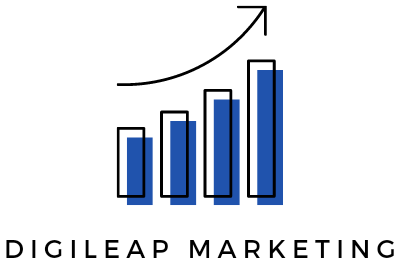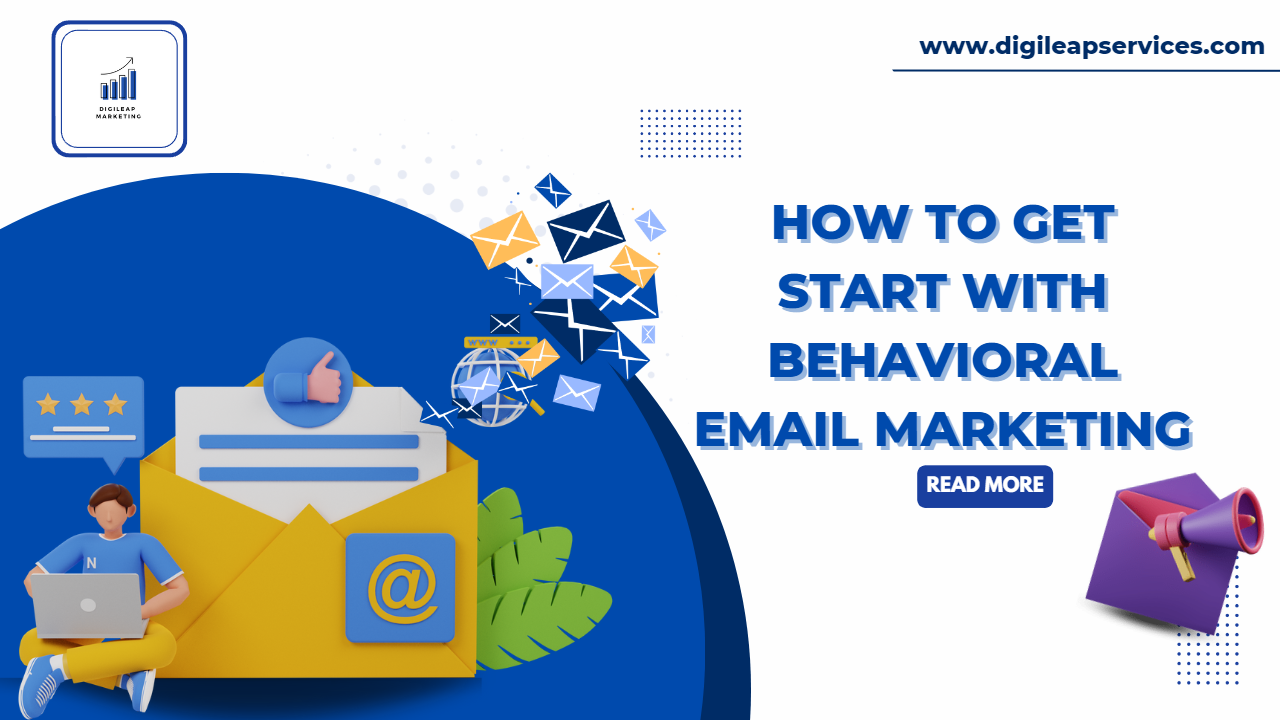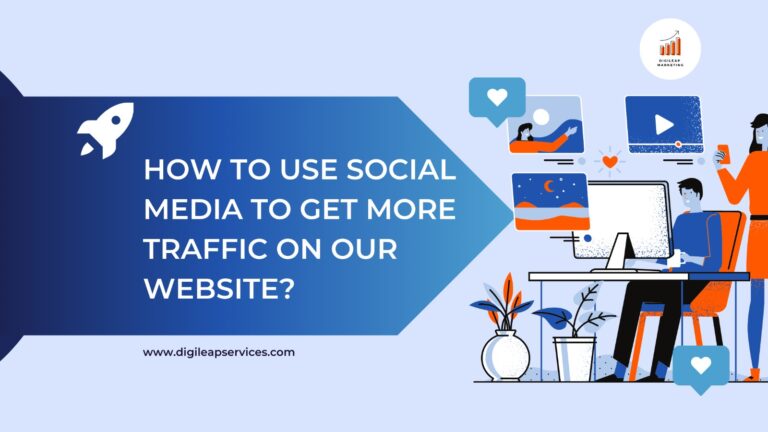How to get start with Behavioral Email Marketing
Behavioral email is the process of automatically sending tailored emails to contacts in your database based on their interactions with your company via multiple channels such as social media, email, your website, and others.
Behavioral Email Marketing is creating email campaigns targeting email subscribers based on their activity patterns.
It considers your present clients rather than seeking new ones. These emails are sent as a result of user activity.
SEND EMAILS BASED ON CUSTOMER ACTIONS
Not all of these points will be emailed “action-worthy,” so it’s up to you to choose which actions the user takes (or does not do) warrant sending an email.
You may have seen this type of behavioral targeting email marketing at work when you join up for a service but do not complete your profile or verify your email address.
If the firm is smart, it will send you an automatic email reminding you to do so.
However, re-targeting the user this way isn’t the only way to employ targeted behavioral emails. You may also send tailored notifications, such as when a customer:
- Fill out a form to get your white paper, video, case study, or another freebie.
- Views specific material on your website. You may put up a behaviorally targeted email to check in and see if they have any particular queries if they spend some time viewing the FAQ.
- They abandon an item in their shopping basket without checking out. You may send them a reminder email with a little discount, tell them that supply is limited (or their cart will expire), and so on.
Remember that the consumer is in control of behavioral email marketing, not you.
While interacting with your material, they are making decisions. Behavior advertising is intended to respond to such decisions with the type of interaction that boosts exchange rates and revenues and retains existing customers significantly.
Looking To identify Psychological Email Triggers
When you gather and analyze consumer data, new options for effectively tailored messages will arise. You’ll start getting lots of fantastic ideas on how to get people to return to their business. To get you going, here’s a rundown of a few of my favorite email campaigns file types:
- The “How to Get Started” Email
- The Email Notification
- Email Icing on the Cake
- The Email Reward
- Transactional Emails
- Recommendation Emails
A Primer on Behavioral Email
The technique of delivering automated, tailored emails to contacts in your database based on their interactions with your organization across many streams: social networks, emailing, the site, and beyond is known as cognitive email.
Anyone who witnessed that experiment as a youngster (or who has since viewed the film) knows what to expect when Mentos are dropped into a Coca-Cola bottle. There is just one possible consequence. It simply seems right.
That is what behavioral email is all about: every encounter a user makes with your firm should elicit a predictable and suitable response.
Think about this: A standard email campaign starts with the advertiser creating an offer such as an eBook, infographic, or whitepaper. Then they construct a group of persons interested in the offer. Finally, they email that set of people frequently and unexpectedly.
Behavioral email is all about taking a user-centered strategy for email delivery. In other words, your internet choices, not marketing decisions, determine the messages they get.
Framework for Behavioral Email Marketing
We’ve established what behavioral email is and how it is important; here’s a three-step strategy for adopting behavioral email marketing at your company.
- Keep Track Of How Consumers Connect With Your Company Online.
The initial and most crucial stage in implementing a successful behavioral email strategy is determining which actions HubSpot can listen to, analyze, and act on. After all, you can’t send awesome behavioral emails if you don’t understand the many behaviors that might be used as triggers.
The current entrepreneur has several channels at their disposal to attract, engage, and close individuals into consumers, including a website, social networks, and emails, as well as promotional efforts like workshops and polls.
- Determine The Critical Activities That A User May Do.
Because they are triggered depending on a player’s activity, behavioral emails are extremely successful. As a consequence, these emails nearly never come as a surprise. They are a user’s expected reaction to an action.
- You might be sending behavioral emails all without realizing it!
- Send a transactional email verifying a download after submitting a form for eBook/content.
- View specified content: Deliver targeted follow-up content and send one of your most popular case studies to everyone visiting your case study website.
Email intervention of engagement: Send them additional CTA emails or perform a touch campaign.
- Begin a dialogue with the user depending on their actions.
So you’ve figured out what data your HubSpot database collects and saves, and you’ve determined some of the most critical behaviors a user may perform. The final stage is to craft an enticing email to initiate a dialogue with the user, depending on their activity.
And make no mistake, if done well, it is a dialogue. “Most marketing automation is essentially experience design,” says Scott Brinker of chiefmartec.com. That statement is one of my favorites since it is so relatable. Through and through, it’s incoming.
Setting up a behavioral email creates a highly personalized experience. You’ve effectively produced a sector of one – which, as previously said, is any email marketer’s Holy Grail.
Consider the social media messages you send or the blog pieces you publish. They are the same for every reader. The benefit of utilizing email is that it uses your contact database, allowing you to make it extremely personalized.
Behavioral email takes that notion further by immediately reacting to something a user has recently done. Customization may help create a unique experience for each customer interacting with your firm online, making your behavioral emails stand out.
Conclusion
Trigger email campaigns work by grooming customers based on their interactions with your business. Sending relevant emails might help you hold your lead’s attention.
This can result in higher prospect involvement, click-throughs, customer sales, retention, and an overall positive experience.
Marketers that don’t get on the behavioral email marketing wave will be left behind, so get started by following the best practices I suggest.
Experiment with different triggers to observe if your strategies convert more leads.












